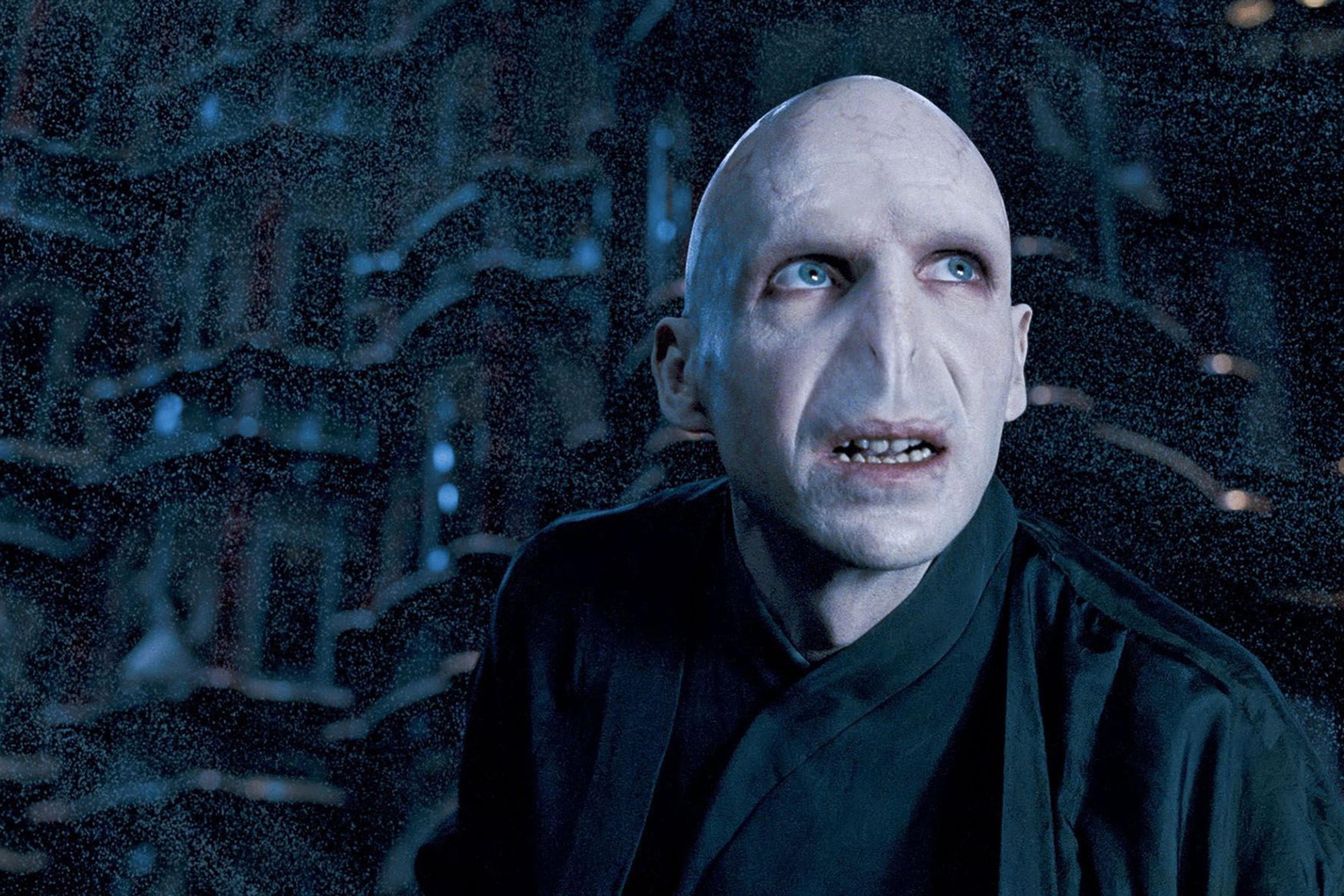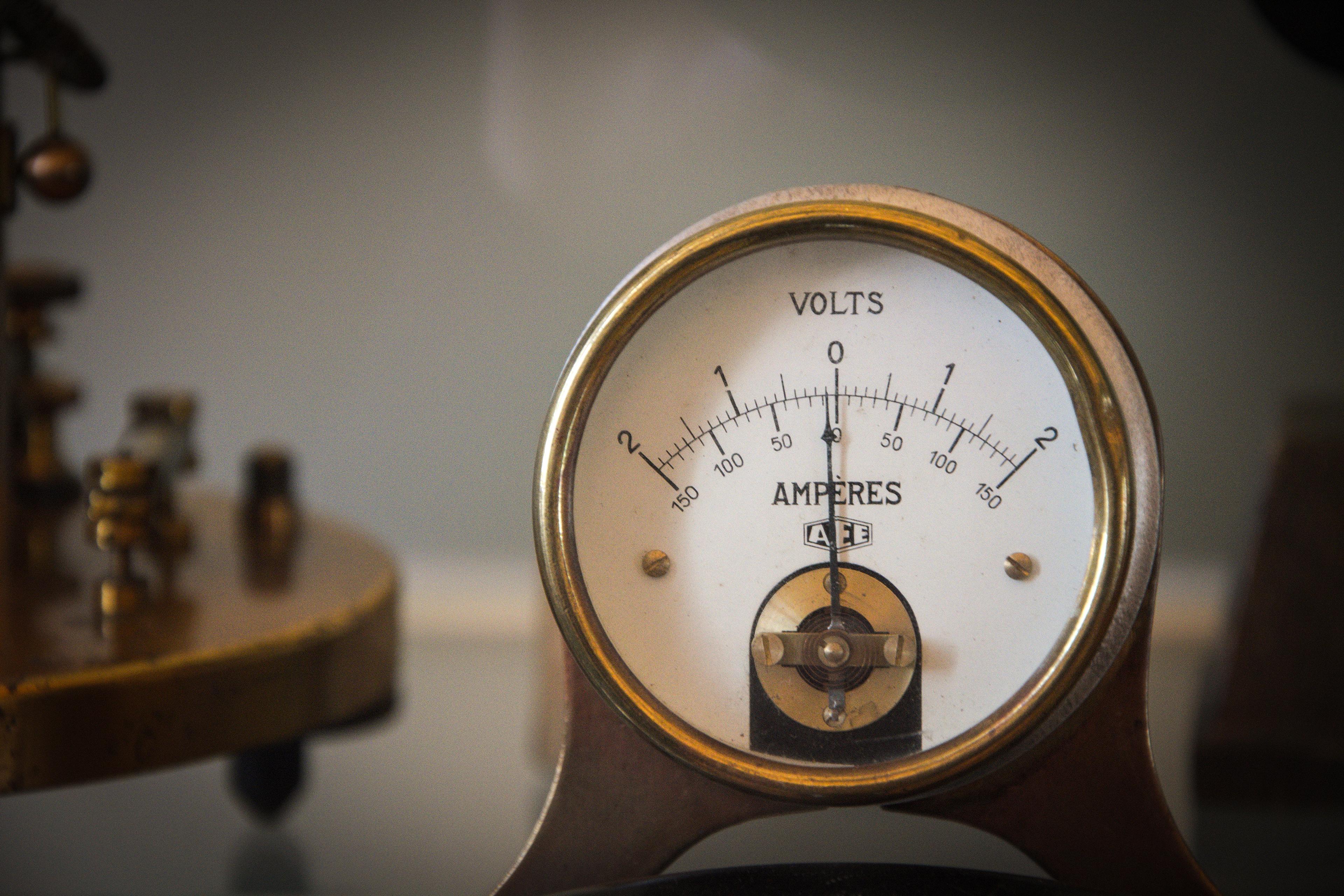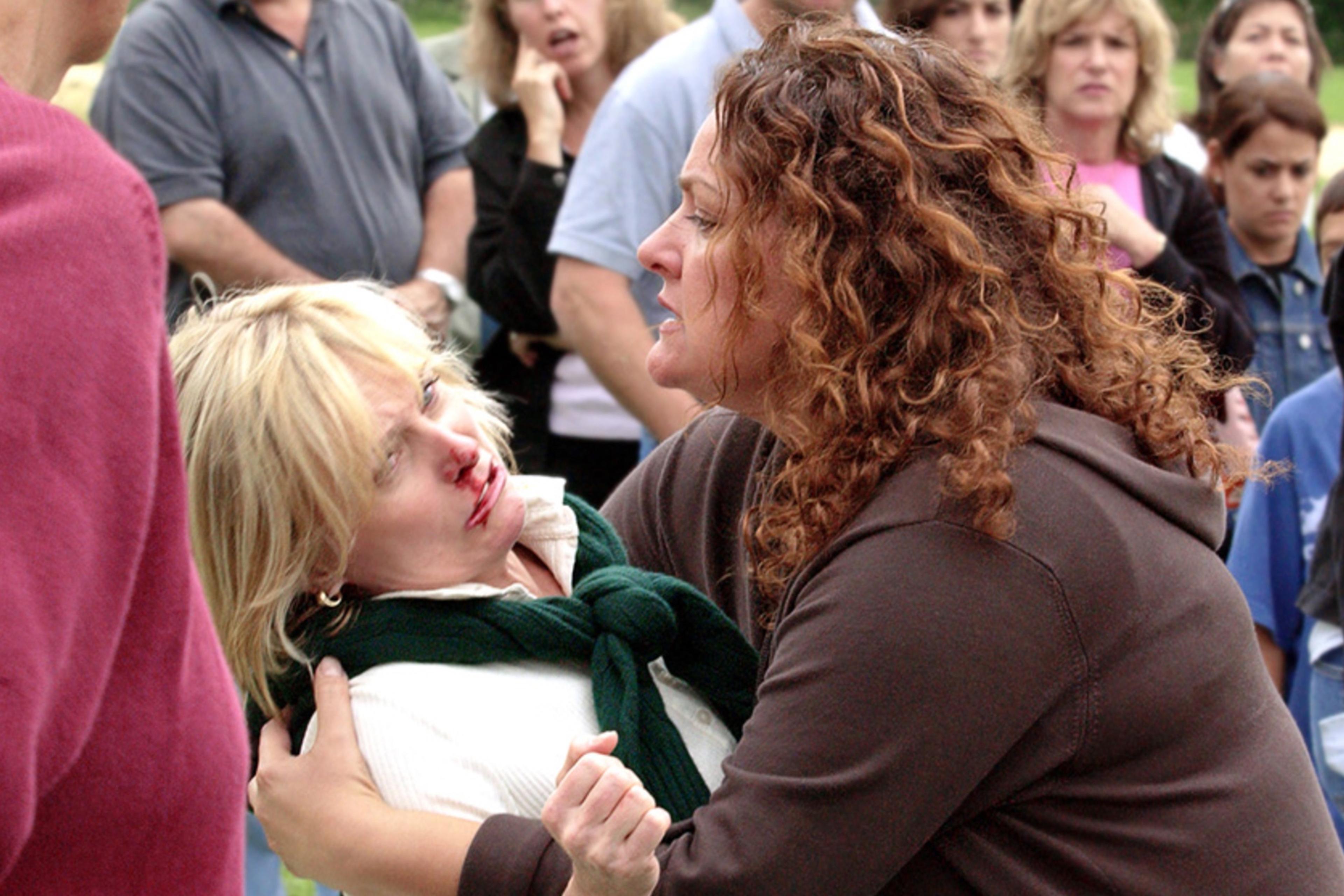If your algorithmic menu of streaming options overflows with charismatic sociopaths, sympathetic murderers and thugs you can’t help but root for, you’re not alone. Recent research from Jordan Wylie, an assistant professor of psychology at Cornell University, and Ana Gantman, an associate professor of psychology at Brooklyn College and the CUNY Graduate Center, indicates that audiences prefer spending time with morally ambiguous and immoral characters, even though they find it more challenging than watching morally good ones. Given that most people exist somewhere near the moral middle, what’s the psychological appeal of venturing to the far-flung extremes of human behaviour? Adapted from a Psyche Idea by Wylie and Gantman, this original video essay draws on Breaking Bad, The Sopranos, Game of Thrones and more to explore why people are so eager to challenge themselves by spending hours with characters who navigate moral terrain most of us will never encounter.

What is it about film and TV antiheroes that’s so captivating?
They’re entertaining, of course – but research highlights a deeper psychological reason viewers are drawn to the bad guys
by Ana Gantman & Jordan Wylie






